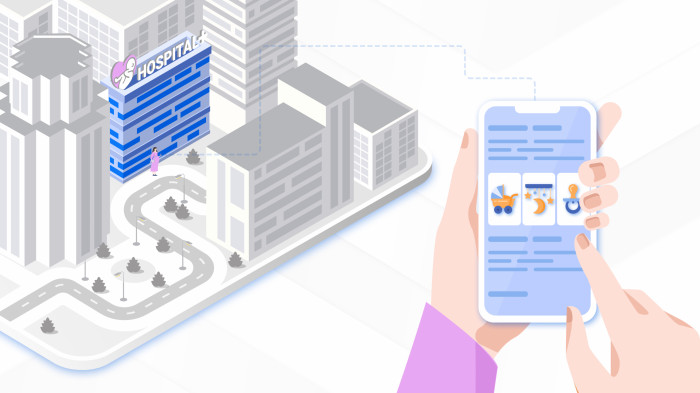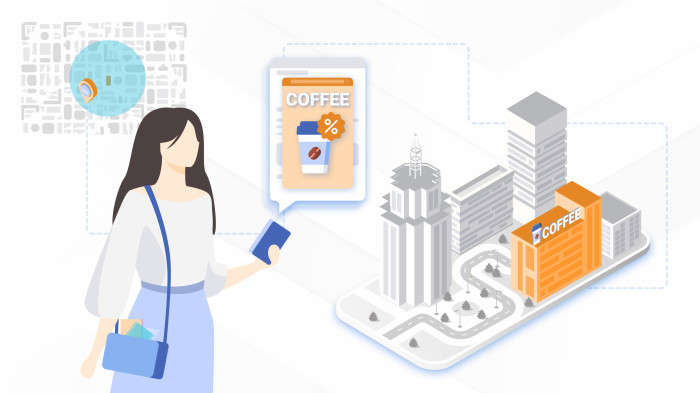Hybrid Places: a hive of activity
The number of gaming and entertainment apps for mobile devices continues to grow – smartphones are becoming the most popular way of surfing the Internet.
The mobile advertising market is growing alongside. In the meantime, advertisers still lack tools and methods to determine the interests and preferences of mobile users.
At hybrid.ai, we have learned to discover what is interesting for users and run performance-based in-app campaigns, applying Hybrid Places and Hyperlocal tools.
How to figure out mobile user interests with Hybrid Places
Advertisers have really few insights about user interests in the in-app environment. Ads can be displayed either in an application of a specific category, or to those users who have installed a certain application. But that doesn't tell us much about their real interests.
We can draw insights into the habits and needs of users by analyzing the movement of their mobile devices.
We can understand when a user visits a particular location by analyzing the coordinates of the user's device, which we get in the bid request, and match them with the map to be classified.
We can speculate on where users live and work, how they spend their free time, and what places they frequent through the history of visits analysis. And what is important, all this data is anonymised and completely GDPR-compliant.
Hybrid Places — is a technology that helps target different categories of places: hospitals, car dealerships, gas stations, cinemas, or shopping malls. We have already collected various audiences for several kinds of public places for more precise targeting.
This data and our technical capabilities enable the following targeting options:
⃠You can select specific categories of places. For example, we can advertise a roaming tariff at airports in the summer season, since many people are going on holidays. People have time to pull out their smartphones and serf apps where we display ads relevant to them. And as you know, at airports there are sales points of mobile service provider companies.
⃠You can create customised locations. For example, people who recently have visited maternity hospitals or perinatal centers are likely to have children under one year old. People who frequent expensive restaurants – have a high level of income and may be interested in premium cars.
Another method of application – is to target sales locations of competitors. Knowing their addresses, you can show your ads to people in these locations, thus increasing your brand awareness.
This type of targeting also enables performance online-to-offline campaigns.
We successfully put Hybrid Places into practice in a campaign for Volvo, which efficiency we assessed with online-to-offline attribution.
Thanks to online-to-offline analysis, we managed to measure the real efficiency of the advertising campaign and calculate its main conversions – people who went to the dealership after having seen ads. For that, we checked the geolocation of users. If they happen to be close to the Volvo dealership – a conversion was counted.
In overall, we managed to register 16 conversions. Keep in mind that these are only people who opened mobile apps and saw advertising, while being there.
How to make Hyperlocal targeting more precise?
With this technology you can reach your potential customers and users either within a radius of 250 m to 1.5 km or at specific places from the Hybrid Places list. Hyperlocal targeting is integrated with Google Places. You can also apply it in an in-app environment.
When users open mobile apps where ads are available, we can receive data about their current location. So, you are able to show the most relevant ads and at the best moment.
For example, cafés can increase the number of visitors, combining Hyperlocal targeting and Weather targeting. When it's stifling hot, users see an advertisement for a refreshing lemonade, and when it's freezing cold - an invitation to warm up with hot chocolate.
This approach always works better, and with a campaign for Orange, we won in Mixx Awards.
«Orange» is an internet & cable TV provider in Poland. The main aim of the campaign was to attract new customers, especially clients of other providers.
First, we targeted the clients of other internet & tv providers that we recognized by their wi-fi routers. As a result, we managed to collect data on impressions and clicks which were processed and displayed on the map. Then, we were tracking users who had seen the ads and then spent more than 15 minutes at «Orange» stores.
We identified over 130,000 potential new customers using their behavioral data.
The mobile in-app channel allows you not only to increase brand awareness but also to generate real customers. Hybrid.ai relies on nonstandard mechanics and the data available in the bid request. We decrease the cost of in-app companies with Hybrid Places and Hyperlocal while the quality and number of conversions grow.







Share
Facebook
YouTube
Tweet
Twitter
LinkedIn